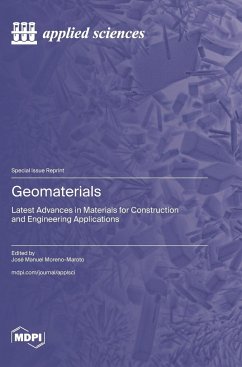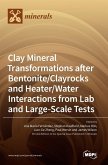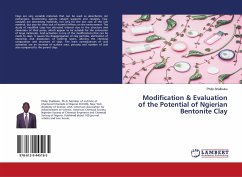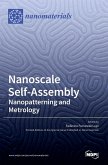Geomaterials account for the majority of all goods consumed by mankind due to their widespread application in the construction of buildings, the execution of civil and geotechnical works, as well as in environmental engineering projects. These kinds of materials may retain their primary characteristics (ornamental rocks, stone aggregates, clay barriers, compacted soils, etc.) or can be artificially manufactured either from natural raw materials or from waste (cement, concrete, ceramics, expanded lightweight aggregates, geopolymers, mineral wool, etc.). The growing increase in population and demand for natural resources means that these geomaterials, so widely used, need to be studied in depth in order to adapt to current needs, while contributing certain technological, environmental, and economic benefits. Therefore, geomaterials have been, are, and will be strategic assets with an enormous socio-economic and environmental impact. In this regard, this Special Issue includes a series of articles focused on recent advances in geomaterials research, with special emphasis on their potential application in the aforementioned sectors. The findings presented not only shed light on the knowledge we have revealed about geomaterials to date, but also pave the way for future research in order to delve deeper into their improvement, development, and sustainability for future generations.








